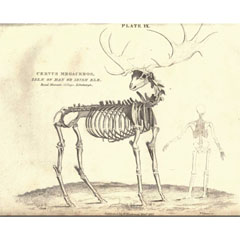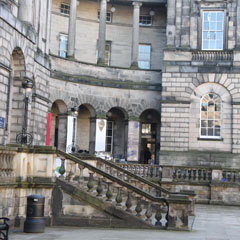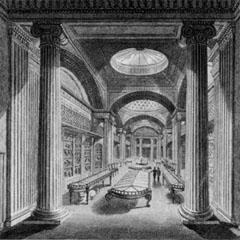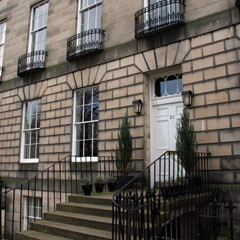 21 Royal Circus, Edinburgh EH3 6TL
21 Royal Circus, Edinburgh EH3 6TL
Robert Jameson was Edinburgh’s professor of natural history from 1804 to 1854. He was, like his predecessor John Walker, a mineralogist by training, having studied with the great German mineralogist Abraham Gottlob Werner in Freiberg. On his return to Edinburgh he became the most important champion of Werner’s neptunist theories in Britain. It was also through his edition of Georges Cuvier’s Theory of the Earth that the English-speaking world first became aware of the great French geologist’s catastrophist theories. Some scholars believe that he was also an early convert to the evolutionary interpretation of the history of life.
No public access.

Portrait of Robert Jameson (1774–1854).
Find out more

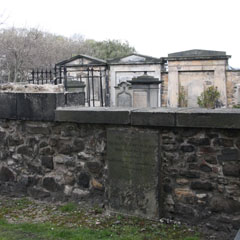 Canongate Kirkyard, 153 Canongate, Edinburgh EH8 8BN
Canongate Kirkyard, 153 Canongate, Edinburgh EH8 8BN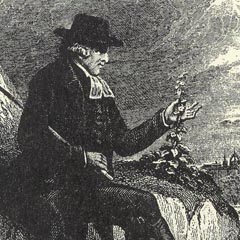

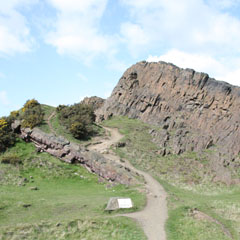 Radical Road, Edinburgh EH8 8AL
Radical Road, Edinburgh EH8 8AL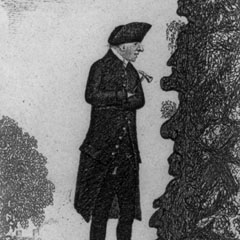



 National Museum of Scotland, Chambers St, Edinburgh EH1 1JF
National Museum of Scotland, Chambers St, Edinburgh EH1 1JF